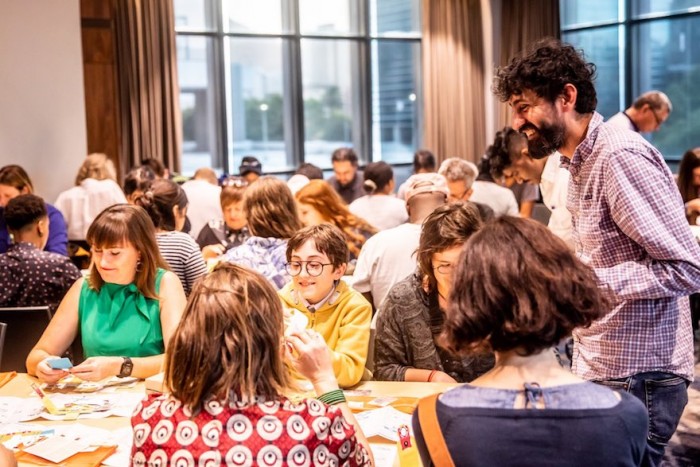Indian-born associate professor of bioengineering at Stanford University Manu Prakash has made a name for himself in both the science and design communities for his innovative attempts to make science more accessible. The Foldscope, which was first developed in 2014, is an optical microscope made from paper components that costs less than a dollar to create and is one of Prakash’s best-known inventions.
For Prakash, who received a Bill & Melinda Gates Foundation Grand Challenges Explorations grant in 2012 for the Foldscope, making science more accessible to the population is his most important goal. Coined ‘frugal science’, this approach is dedicated to building devices that are low cost, widely accessible and useful in the field just about anywhere in the world.
This ethos carries through to the Frugal Science BioE271 course that is now available at Stanford University. The course, which had previously only taken place in 2019, has been reintroduced to teach participants the principles of frugal science to design scalable solutions with a cost-versus-performance rubric and explore creative means to break the accessibility barrier.
The line between scientist and designer is expertly blurred in Frugal Science, and for good reason: it’s challenging to find a balance between the rigours of applied math and physics and the creativity of design in coming up with innovative solutions. The course is designed as a series of lectures that will cover both basic scientific principles and how those principles can lead to design solutions. The lectures, which will take place over a number of weeks, will also examine case studies of existing Frugal Science solutions that take cost and scalability into account.
Prakash, who was one of the speakers at the Design Indaba Conference in 2020, is the driving force behind Prakash Lab, a frugal science and global health innovation lab at Stanford University, which has initiated projects such as OScan, a device to allow smartphones to scan oral cavities for cancer; Punch Card Programmable Microfluidics, a chemistry kit in a $5 device; and the Paperfuge, a low-cost centrifuge. He and his team apply all the teachings of the Frugal Science course to design solutions for extremely resource-constrained settings at the lowest possible cost.
The course will bring together Stanford graduates and undergraduates and a cohort of international collaborators to learn from one another and come up with creative solutions to planetary-scale challenges. If you’d like to take part, visit the Frugal Science course website and sign up: https://www.frugalscience.org/.
Read more
Manu Prakash champions frugal science for low-resource communities.
Can design solve for a pandemic?
Credits: Manu Prakash









